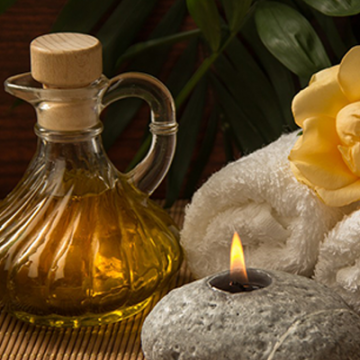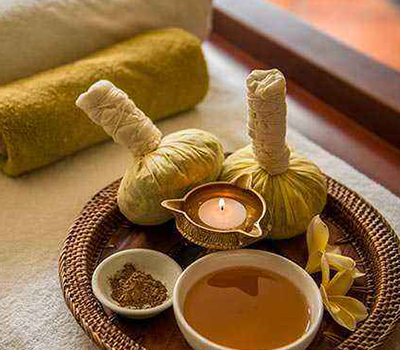PARIJATAK AYURVEDA- FOR TRADITIONAL AYURVEDA TREATMENT
Parijatak Ayurveda is one of the key centers for receiving Ayurvedic treatment, Nagpur. But what makes Parijatak worth its reputation? Let’s find out
At Parijatak, the approach to Ayurveda is unique- we explore the most authentic approach for Traditional Ayurvedic Treatment India that one finds in India and in classical Ayurveda Era, and not the distortions made by American Ayurvedics, which deviates from the tradition.
As a staunch follower of Vedic lineage, Parijatak has grown up around traditional Ayurveda and seeks to also retain its entity. We do see comparisons between traditional and New Age Ayurvedic Treatment and aim to bring the evolution of Ayurvedic therapies but do not discard the natural form of Ayurvedic medicine.

Panchakarma Therapy- the Ayurvedic Treatment in India
New Age Ayurveda looks up to employing shamana (palliative) techniques for Panchakarma (five detoxification actions in Ayurveda). Spa therapies are done for total body detoxification.
Traditional Ayurveda employs specific methods of Panchakarma beyond palliative care for treating disease. Specific messages are done according to various complex preliminary therapies by hand as specific massage techniques and therapies prepared accordingly and given along with specific decoctions oil to remove toxins from the body. Other preliminary therapies like internal operation are also administered. At Parijatak, you are sure to get the best Ayurvedic Remedies India.
Ayurveda is not much in favor of surgeries for the treatment of a disease. Ayurvedic Practitioners instead go for the spiritual methods, and naturopathy, which often contradict the classical medical texts that lay stress upon the requirement of surgery.
Traditionally in Ayurveda, surgery is recommended only in severe conditions that include vascular surgery, fistulas hemorrhoids, brain surgery (as in Bhoja Prabandha), amputations, dentistry, cataracts, kidney stones, C-sections, cancers, facial reconstruction (plastic surgery) etc. Cancer treatment in Ayurveda employs cauterization if herbal and alchemical formulas were not effective.
Marmas (vital spots) are energy centers for activation and healing through gentle treatment and yoga. Traditionally, Marmas are vulnerable and require Varma (armour / protection). Marmas should not be damaged in any way, even not subjected to acupressure nor acupuncture which can aggravate the doshas (and organs they are related to).
Yogic Healing of Marmas was done via various Pranayamas (breathing techniques) to reduce the aggravation of doshas (biological humor) in the body, not by energy-methods of healing. Pastes and oils are also used to heal them as gentle massages are done.
In Traditional Ayurveda, deities correspond to elemental forces and also indriyas (senses) and organs of the body. Pujas etc. are seen as psychological tools for healing understanding mental effects and environmental effects they had scientifically. Sattvavajaya (psychological healing for restoring purity to the mind) and Yukti-vyapashraya (rational therapies – viz. surgical methods, herbs and formulas, diet etc.) are employed for healing.
These practices are followed by the experts at Parijatak Ayurveda. They impart sattvas (purity) to the mind and senses & also help reduce negative samskaras behind the diseases by nature of their positive actions.
Diagnosis and Disease
According to New Age Ayurveda:-
Diagnosis is done better by questioning with emphasis on the pulse, tongue etc. as also auras and psychology of the person and doshas
Predominant doshas as per charts or questions determine one’s Prakriti or biological constitution (superficially), which is then given emphasis alone
Diseases are classified according to the three doshas alone, ignoring traditional concerns and deeper causes and treated generically.

Parijatak, the Ayurvedic Treatment Centre India
Parijatak Ayurveda Traditional has its view on Diagnosis and Disease based on traditional Ayurveda. It says that good diagnosis is based on full medical history, questioning, palpitation of various parts of the body, which includes pulse rhythms, looking at skin, tongue, eyes, diet, lifestyle, age, sex etc. Nature (Prakriti) has differentiated and tailored each one as per one’s psychology, age, sex, climate, seasons, digestive and exercise strengths, weaknesses of the individual etc. well as vyadhi (disease) which are treated accordingly.